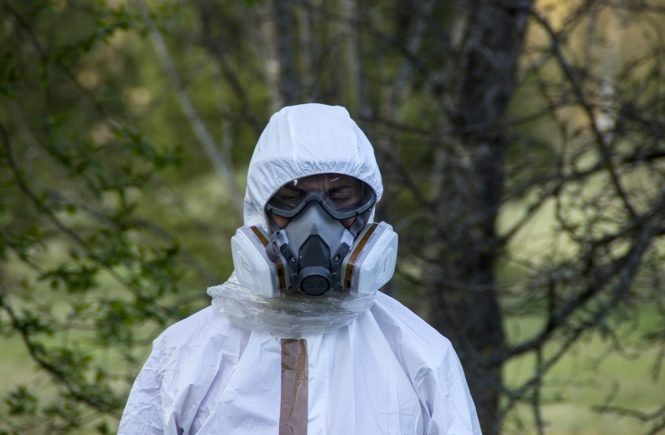Manufacturers of asbestos-containing products and many of the companies who employed the men and women who worked with and around those products knowingly exposed workers to asbestos hazards for decades. The attitude of many of these companies is best illustrated by the testimony of Charles H. Roemer, a former employee of Unarco, who described a meeting between Unarco officials and Johns-Manville President Lewis Brown and his brother, Vandiver Brown, in the early 1940s:
āIāll never forget, I turned to Mr. Brown, one of the Browns made this crack (that Unarco managers were a bunch of fools for notifying employees who had asbestosis), and I said, āMr. Brown, do you mean to tell me you would let them work until they dropped dead?ā He said, āYes. We save a lot of money that way.āā1
This callous attitude is reflected time and again in myriad industry documents over the span of decades. The companies that manufactured and used asbestos products had many sources of information demonstrating the hazards of asbestos exposure: published scientific and medical literature; industry trade organizations; and in some cases, the companyās own internal reports, studies, or other documentation.
The multitude of documents produced and possessed by the asbestos industry share a common theme: uncontroverted evidence that asbestos exposure causes disease and death in people exposed to the fiber. This information could have prevented countless asbestos-related deaths had these companies used this information to protect workers and the public.
1Testimony of Charles H. Roemer about the meeting of Unarco officials with Johns-Manville President Lewis Brown and his brother, Vandiver Brown, in 1942 or 1943; deposition taken April 25, 1984 in the matter of Johns-Manville Corp. et al. v. The United States of America, U.S. Claims Court Civ. No. 465-83C. Visit this website or visit this page https://beplanthire.com.au.


